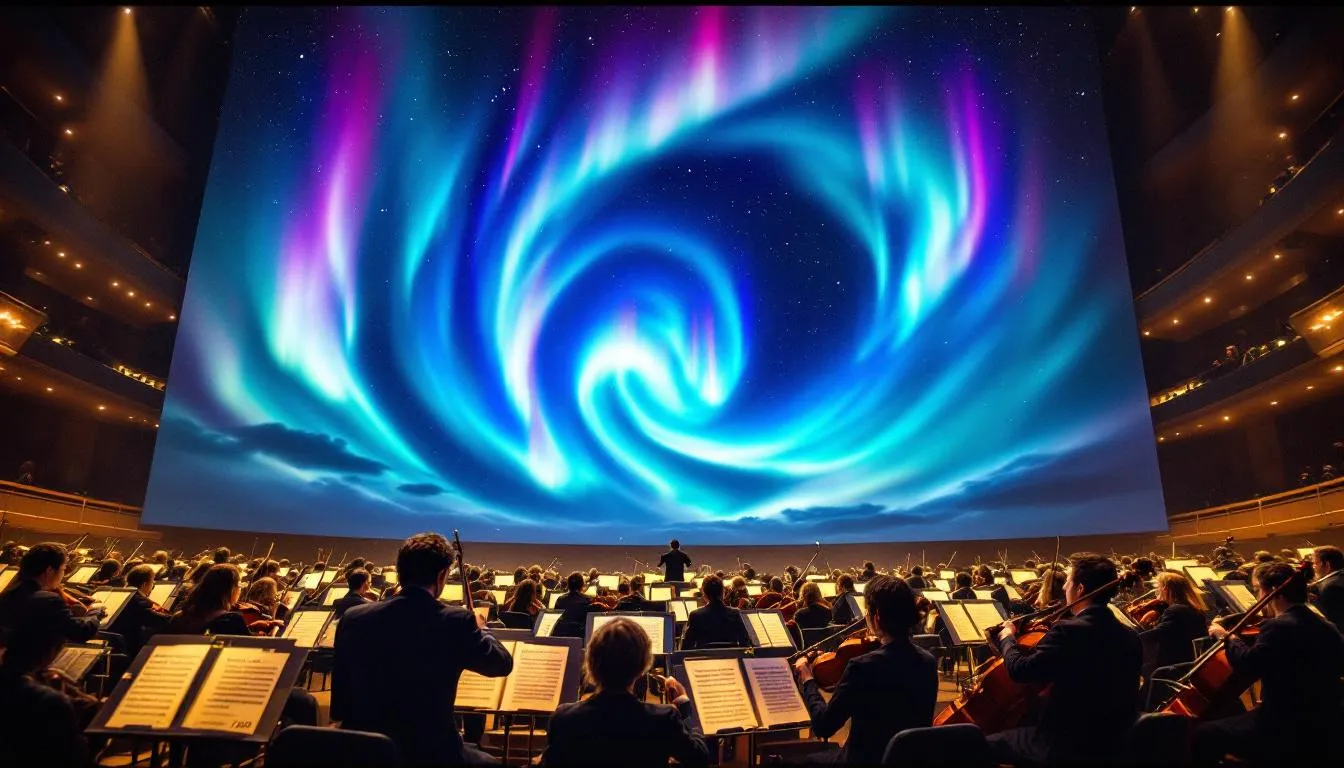
How Do You Create a Jazz Standard from Scratch?
Quick Answer Creating a jazz standard from scratch is akin to painting a musical masterpiece. It requires crafting a memorable melody, harmonizing it with rich jazz chords, and integrating syncopated rhythms to capture an authentic jazz feel. To create a jazz standard, develop a unique melody, harmonize it with jazz elements, and incorporate rhythmic complexity. […]
Continue reading →







